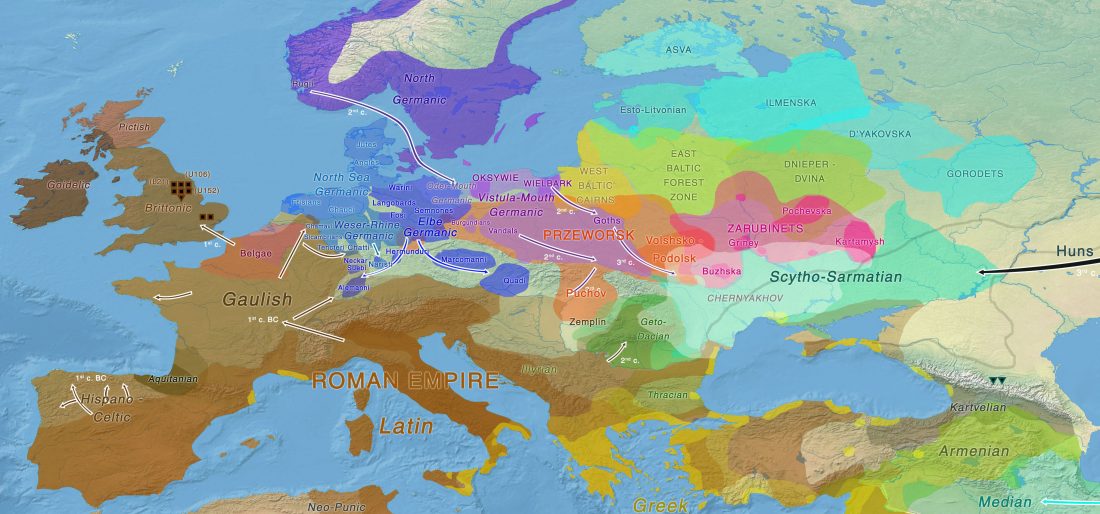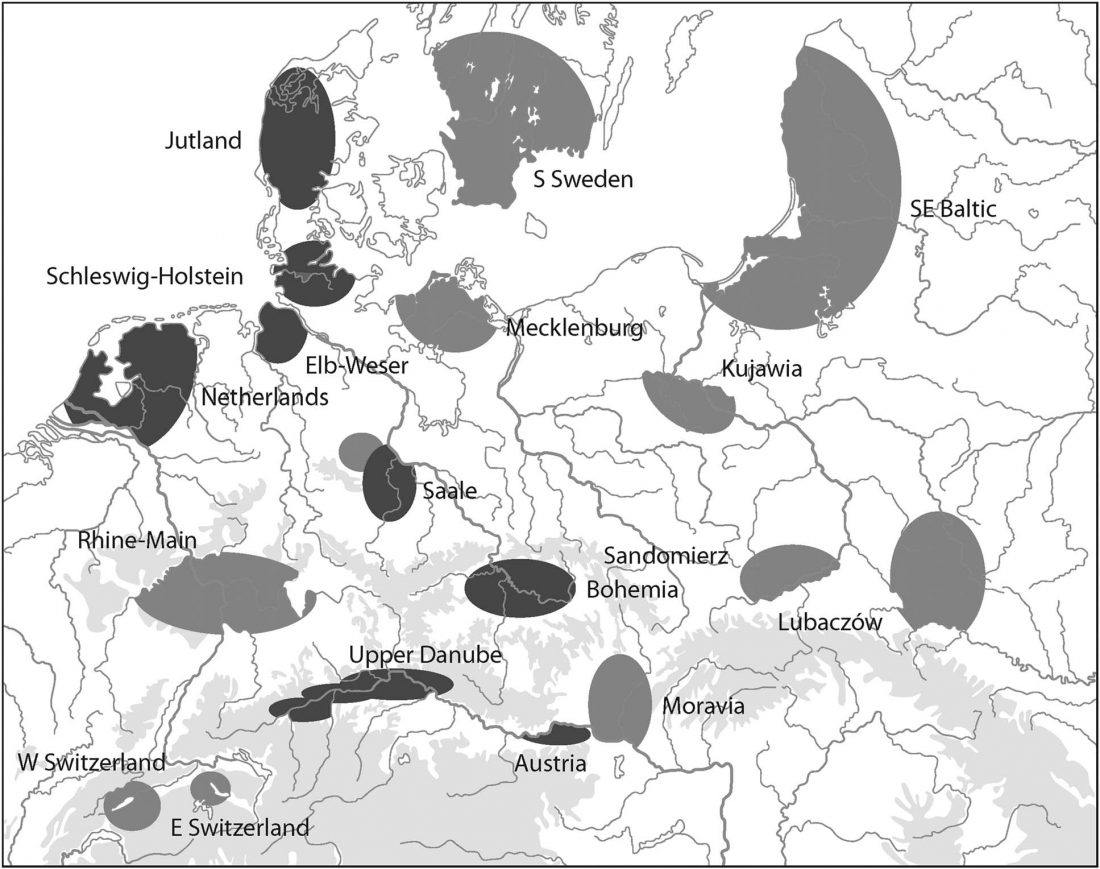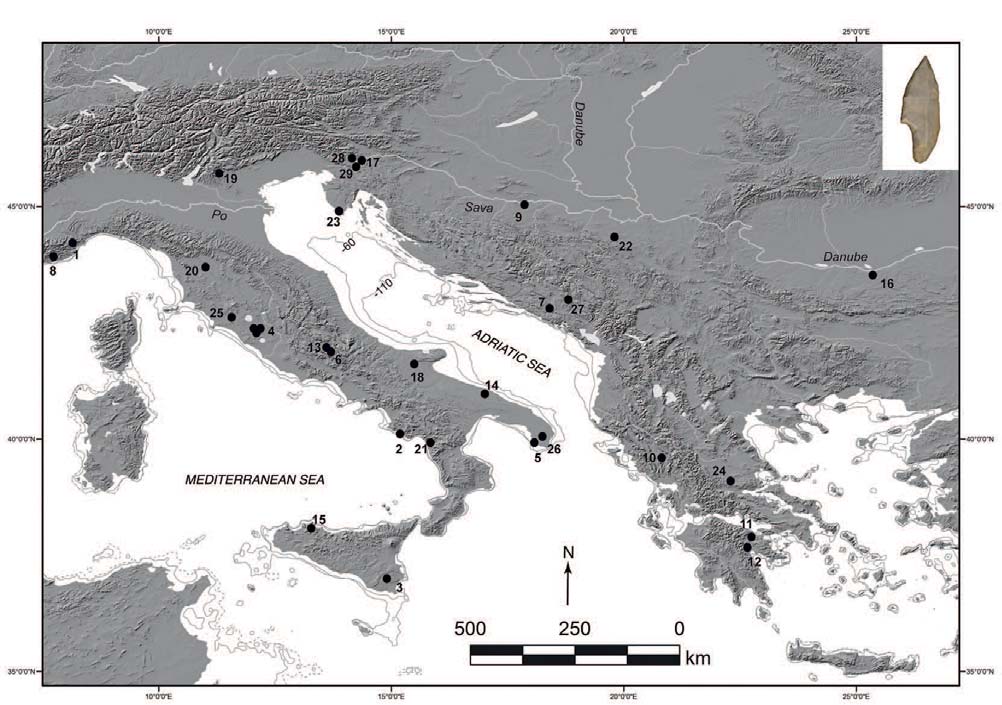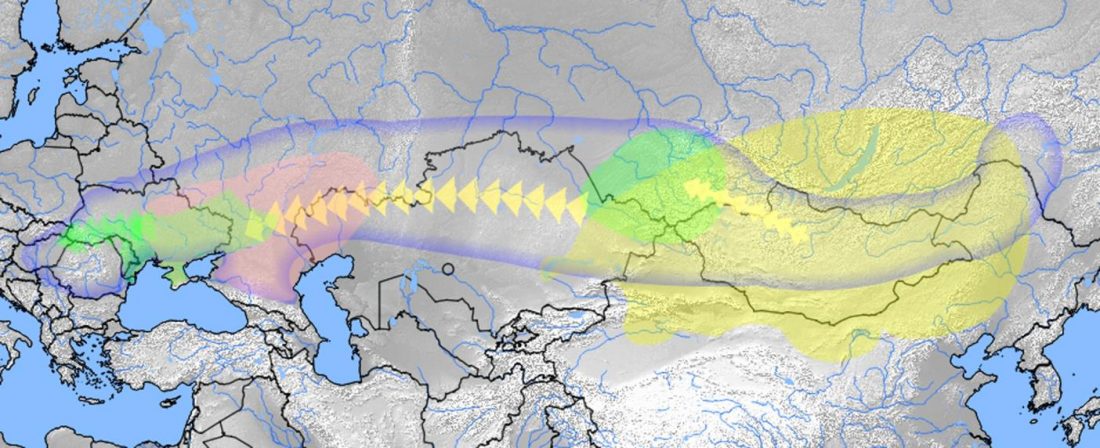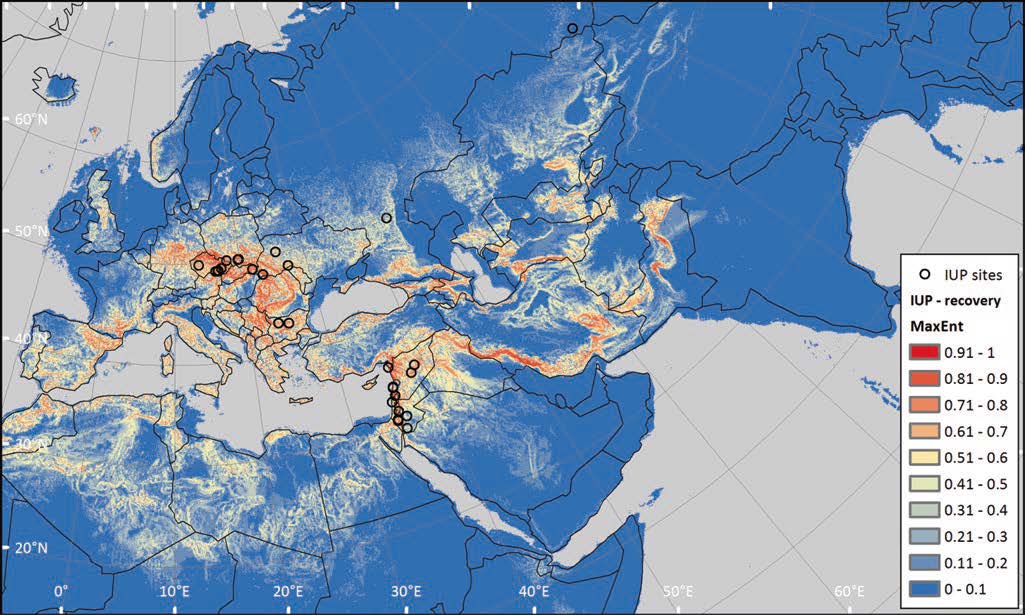mtDNA suggest original East Germanic population linked to Jutland Iron Age and Bell Beaker
Open Access article A mosaic genetic structure of the human population living in the South Baltic region during the Iron Age, by Stolarek et al., at Scientific Reports 8:2455 (2018).
About the site:
Kowalewko is a village in Wielkopolskie vojevodship, close to Poznan, in the middle reaches of the Samica Kierska river. Biritual Roman Age cemetery (site 12), dated from the mid-1st to the beginning of 3rd century AD, is located in the featureless arable fields at the South and West of the village
About the Wielbark culture:
… Read the rest “mtDNA suggest original East Germanic population linked to Jutland Iron Age and Bell Beaker”Chronology spans almost all the Roman Iron Age, since ca. 20
